Guide to Dominate with PPC Advertising
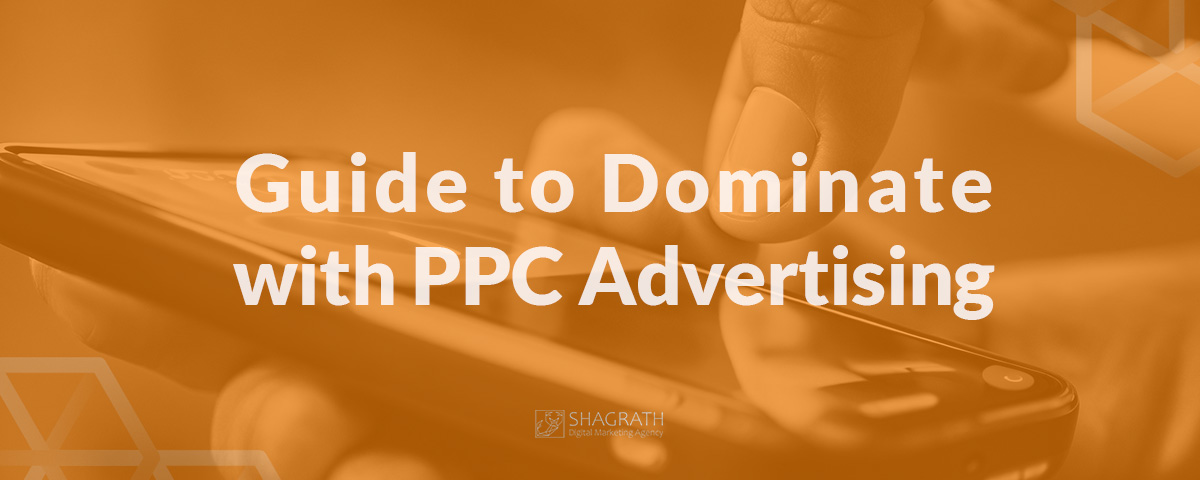
PPC stands for pay-per-click. PPC is a type of online marketing in which advertisers pay when a user clicks on one of their advertisements.
The most common type of PPC advertising is through search engines like Google Ads, where advertisers bid on keywords and have their ads appear at the top of search engine results pages (SERPs) when those keywords are searched for. PPC advertising can also be done through social media platforms like Facebook and Instagram, as well as display advertising on websites. Although these three terms are often used interchangeably, there is a distinction between PPC, SEM (search engine marketing), and SEO (search engine optimization).
The Puzzle of PPC, SEM and SEO
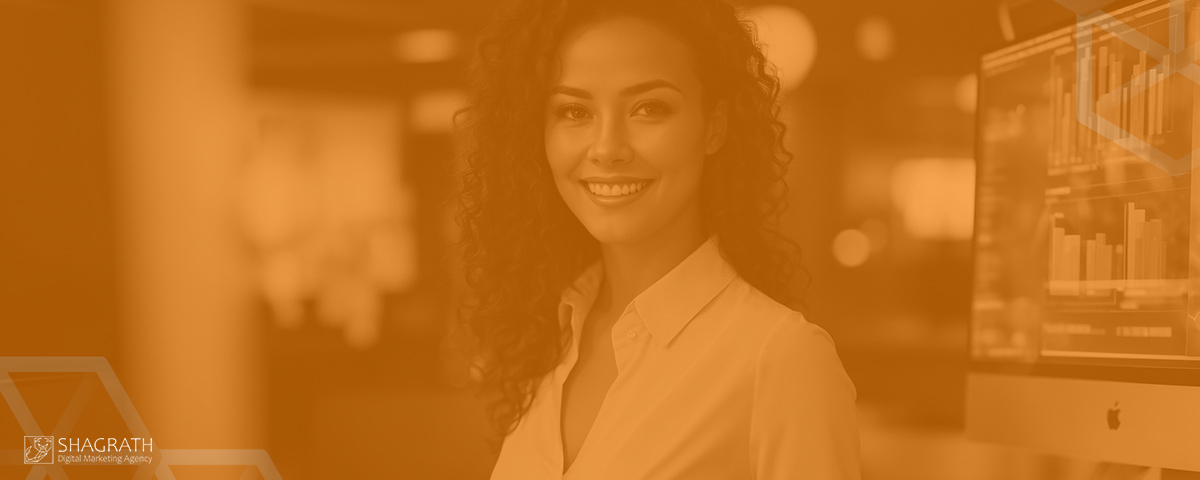
SEM is an umbrella term that refers to both PPC and other forms of advertising. It refers to activity designed to make it easier to find a website using a search engine. SEM includes both paid and unpaid options, such as PPC or organic traffic (SEO). PPC is a form of online advertising that uses search engines as well as other channels like video ads (YouTube) and image ads (Instagram/Facebook). Search engine optimization (SEO) is the process of improving a website’s content and structure so that it is more visible to search engines. This is accomplished by researching and utilizing relevant keywords, optimizing meta data, creating high-quality content, and obtaining links from other websites. The goal of SEO is to increase a website’s organic (non-paid) search engine rankings and drive traffic to it via organic search results.
How PPC Boosts Your Online Presence
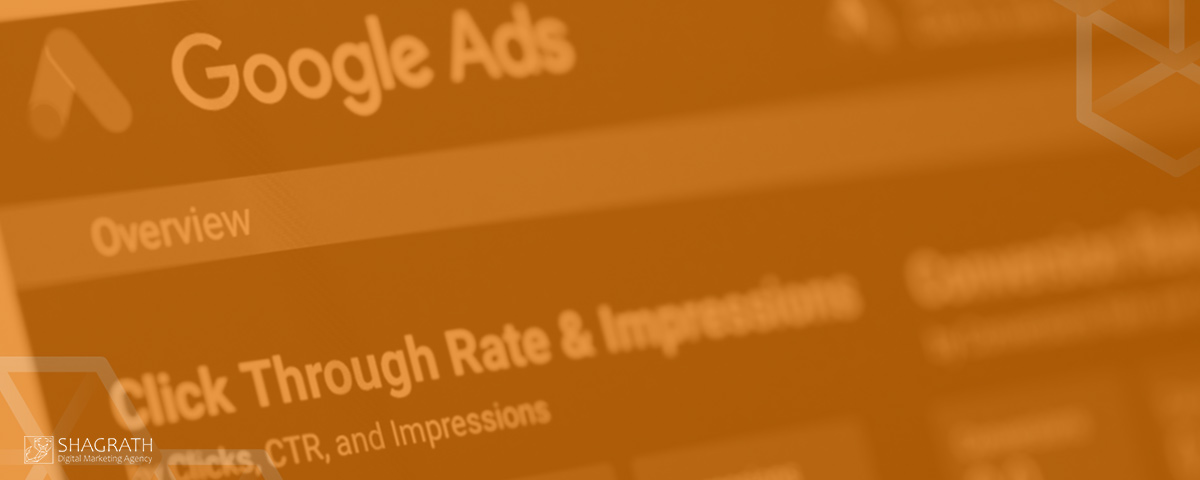
PPC advertising allows advertisers to bid on specific keywords or phrases to appear in search engine results. Advertisers target specific demographics, interests, and locations, setting a maximum bid. A complex algorithm determines which ads to display and in what order. Advertisers are charged a fee.
• Advertiser’s bid amount
• Relevance of the ad to the keyword
• Quality of the ad
• PPC strategy and campaign planning
• Top PPC platforms
• How to learn PPC
PPC as a Secret Weapon
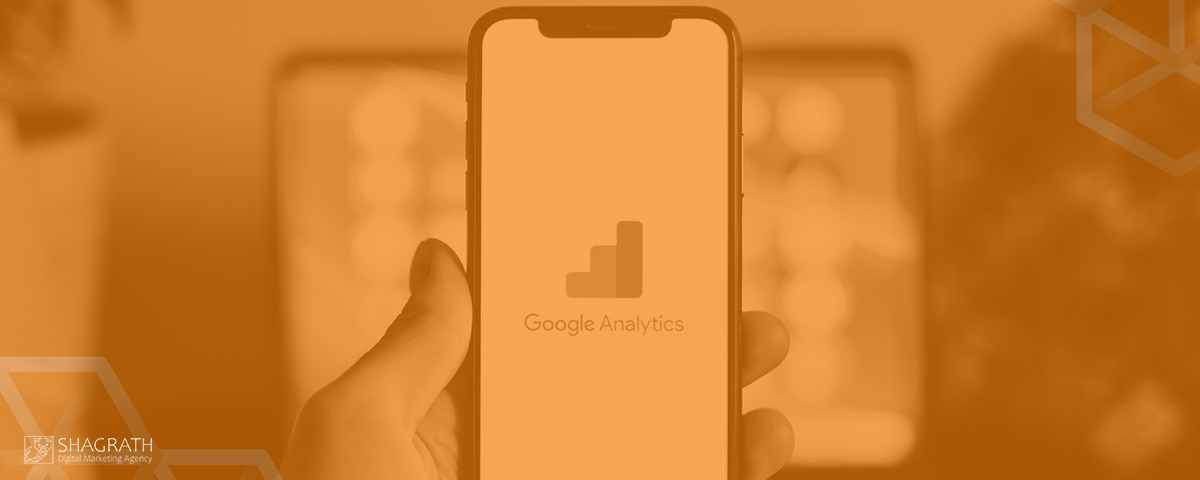
PPC should be viewed as an asset, not a marketing expense.
In 2022, PPC generated an average of $2 for every $1 spent, with an average cost per click (CPC) of $1.16. While social media remains popular for advertising, search accounted for 40% of ad spend in 2020 (73% of which went to Google).
PPC provides several advantages not found in SEO or social media, including:
• PPC advertising yields an average of $2 for every $1 spent in 2022, with an average cost per click (CPC) of $1.16.
• It provides immediate results, driving traffic to a website, unlike SEO which takes time to show results.
• It allows marketers to target specific demographics, interests, and location, reaching the right audience.
• PPC advertising is measurable, allowing marketers to track conversions, ROI, and other KPIs.
• It is cost-effective, as marketers only pay when a user clicks on their ad, allowing them to set a campaign budget.
• It can increase brand awareness, even if users don’t click on the ad.
• PPC can supplement SEO efforts, driving immediate traffic to a website while ongoing efforts are ongoing.
• Tools like Google Analytics can help track goals and decide what needs to be done to reach them more efficiently.
• PPC can be used for reputation management, bidding on keywords matching a reputation event and direct to a landing page.
Key Factors of PPC strategy and campaign planning

PPC strategy and campaign planning involve defining the target audience, setting clear goals, researching keywords, creating compelling ad copy, choosing the right ad platforms, monitoring and optimizing the campaign, testing different ad formats and targeting options, and setting a budget. These steps help in attracting potential customers, driving online sales, and generating leads. By utilizing keyword research tools, creating compelling ad copy, choosing the right ad platforms, and adjusting the campaign as needed, successful PPC campaigns can be achieved.
The Top PPC Advertising Platforms
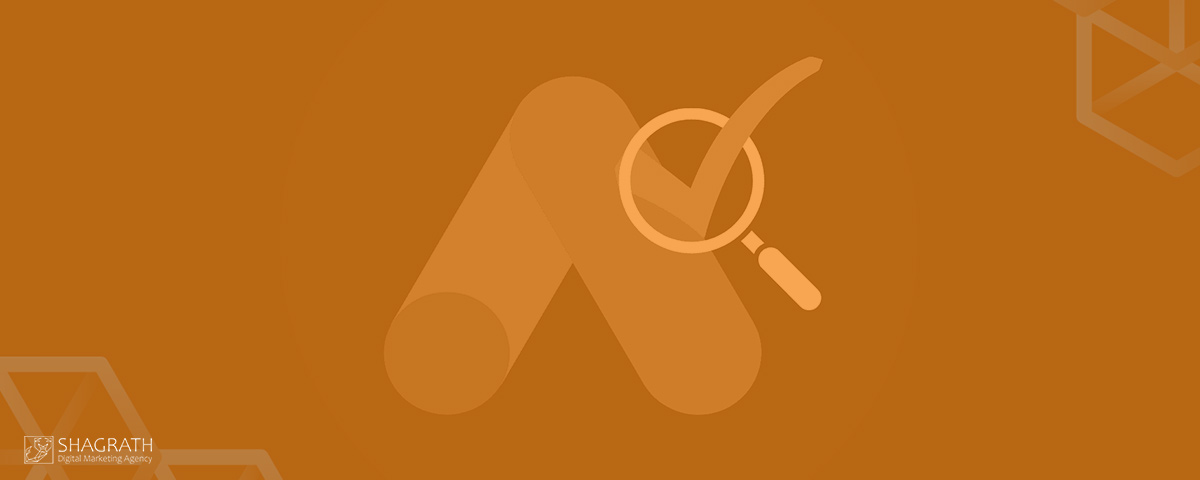
Several popular platforms provide PPC advertising solutions. Google, Microsoft Bing, and Facebook are some of the most popular. Ad platforms can produce a variety of results, including search, display, remarketing, and video (via YouTube or Facebook/Instagram Reels). For the sake of brevity, we’ll concentrate on the two programs that stand out and cover all ad types: Google and Facebook.
• Google Ads
Google Ads, the largest pay-per-click platform, offers advertisers the opportunity to display their ads, services, products, or videos on Google. With 99,000+ search inquiries per second, it’s perfect for Fortune 500 companies and small businesses, ensuring a high chance of success.
• YouTube
YouTube ads are online advertising methods that enable businesses and individuals to promote their products or services on the platform in various forms.
a. Skippable video ads:
Can be skipped after five seconds, up to 60 seconds long.
b. Non-skippable video ads:
Must be watched in full, up to 15 seconds long.
c. Bumper ads:
Short, non-skippable ads, six seconds or shorter.
d. Sponsored cards:
Small cards with extra product/service information.
e. Overlay ads:
Semi-transparent ads on the lower portion of the ideo.
YouTube ads can be purchased on a cost-per-view (CPV) or cost-per-click (CPC) basis, allowing advertisers to target specific audiences based on demographics, interests, and behaviors.
• Facebook Ads
Facebook ads enable businesses and organizations to advertise their products or services on the Facebook platform. The ads appear in Facebook users’ news feeds, the right-hand column on the desktop site, and the Stories section on mobile.
a. Image and video Ads:
Single image or video with a short headline and call-to-action button.
b. Carousel Ads:
Showcase multiple images or videos in a single ad.
c. Slideshow Ads:
Create video-like experience using multiple still images.
d. Instant Experience Ads:
Create immersive, full-screen experiences.
e. Collection Ads:
Showcase multiple products in a single ad with a link to a full-screen view.
Facebook’s algorithm uses demographics, interests, and locations to target advertisers, displaying ads to users most likely to be interested in the products or services being advertised.
• Instagram Ads
Instagram Ads enable businesses and individuals to advertise their products or services on the Instagram platform. These advertisements appear in the form of sponsored posts, which are seamlessly integrated into users’ newsfeeds and look like regular posts. Instagram provides several different types of advertisements, including:
a. Photo Ads:
Use a single image for product/service promotion.
b. Video Ads:
Use short videos for product/service promotion.
c. Carousel Ads:
Allow multiple images/videos in a single ad.
d. Stories Ads:
Appear in Stories section and disappear after 24 hours.
e. IGTV Ads:
Appear before IGTV video starts playing.
Instagram ads allow advertisers to target specific audiences based on demographics, interests, and behaviors, with ads purchased on a cost-per-impression (CPM) or cost-per-click (CPC) basis.
• Microsoft
Microsoft Advertising, formerly Bing Ads, is an advertising platform that allows businesses and individuals to create and run ads on the Microsoft Bing search engine and the Microsoft Advertising Network. Ads can be targeted to specific audiences and purchased on a pay-per-click or pay-per-impression basis.
• TikTok
TikTok ads enable businesses and individuals to promote their products or services on the app, featuring creative, engaging content set to music or popular trends.
a. In-feed Ads:
Full-screen ads in main app feed, either video or image-based.
b. Brand takeover Ads:
Full-screen ads when app opens, either video or image-based.
c. Hashtag Challenge Ads:
Encourages users to participate in branded hashtag challenge and submit videos using the branded hashtag.
d. Branded Effects:
Special effects created by brands for user use in videos.
TikTok allows advertisers to target specific audiences based on demographics, interests, and behaviors, with ads purchased on CPM or CPC. It provides self-service and managed services for businesses.
LinkedIn ads, owned by Microsoft, enable businesses and individuals to promote their products or services to a professional audience, generating leads, building brand awareness, and promoting job openings.
Platform Ads Overview
a. Sponsored Content:
Similar to regular posts, appearing in users’ newsfeeds.
b. Sponsored InMail:
Directly sent to users’ inboxes.
c. Sponsored Jobs:
Promote job openings at the top of the jobs section.
d. Display Ads:
Banner ads on the right side, targeted to specific audiences.
e. Dynamic Ads:
Automatically generate personalized content based on user browsing history.
LinkedIn allows advertisers to target specific audiences based on demographics, job title, company size, industry, skills, and behaviors, with ads purchased on a CPC or CPM basis.
Twitter ads enable businesses and individuals to promote their products or services, reach a wide audience, generate leads, build brand awareness, and increase website traffic.
a. Promoted Tweets:
Labeled tweets at top of users’ timelines or search results pages.
b. Promoted Accounts:
Ads promoting a Twitter account in the “who to follow” section.
c. Promoted Trends:
Ads promoting specific hashtags at top of trending topics list.
d. Website Cards:
Ads promoting a website or landing page with image, title, and description.
e. App Install Cards:
Ads promoting mobile apps with image, title, and description. Twitter allows advertisers to target specific audiences based on demographics, interests, and behaviors, with ads purchased on a cost-per-engagement or CPC basis. It offers self-service and managed services.
PPC Ad Formats
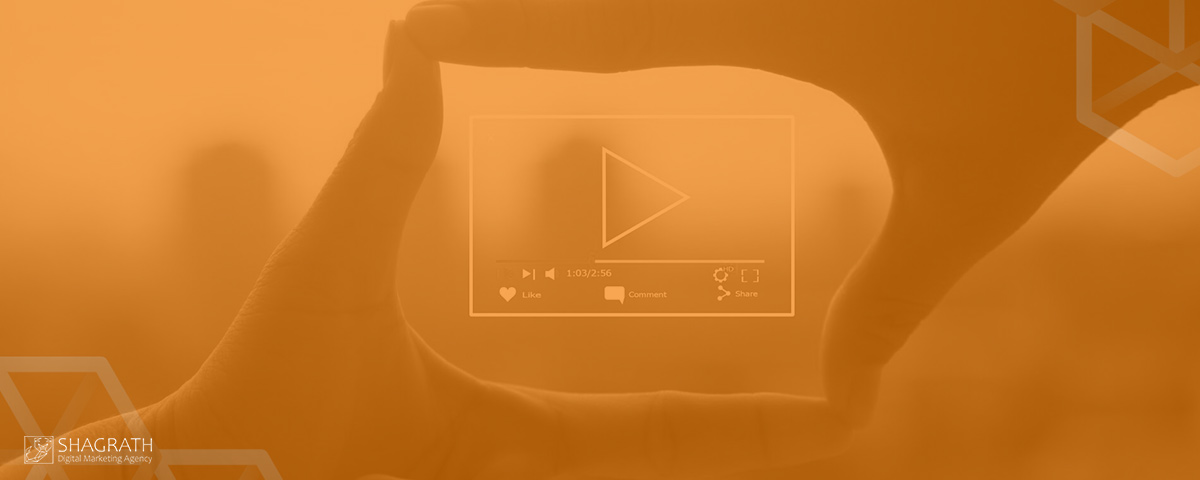
• Most popular type of PPC ads, appearing at the top of search engine results pages.
• Text-based ads are highly relevant to the user’s search.
• Advertisers pay each time a user clicks on an ad, known as CPC.
1. Display
• Visually appealing ads appear on websites, apps, and other digital platforms.
• Used to raise brand awareness, promote products, or drive website traffic.
• Purchased on a cost-per-impression (CPI) or cost-per-thousand-impressions (CPM) basis.
2. Video
• Uses video content to promote products, services, or brands.
• Can appear on various platforms, including social media, streaming services, and websites.
• Can be skippable or non-skippable.
• Purchased on a cost-per-view (CPV) or cost-per-click (CPC) basis.
3. Remarketing
• Allows businesses to show ads to users who have previously interacted with their website or mobile app.
• Shown to users as they browse other websites or use mobile apps.
• Delivered in various formats, usually purchased on a cost-per-click (CPC) or cost-per-thousand-impressions (CPM) basis.
Additional ad types, such as RLSAs, Performance Max, and LSAs, differ in terms of business type and set up requirements.

